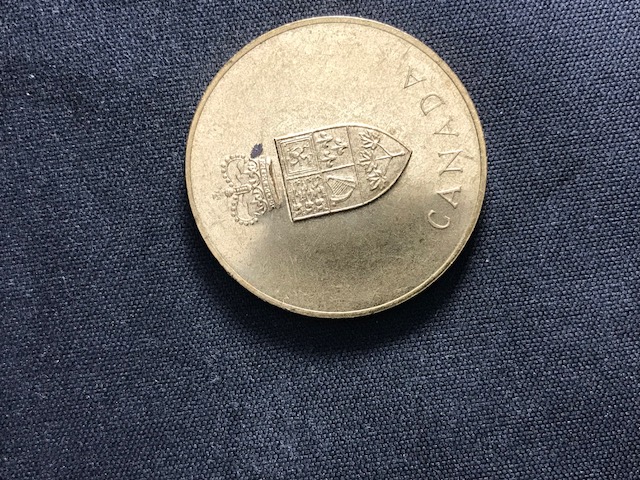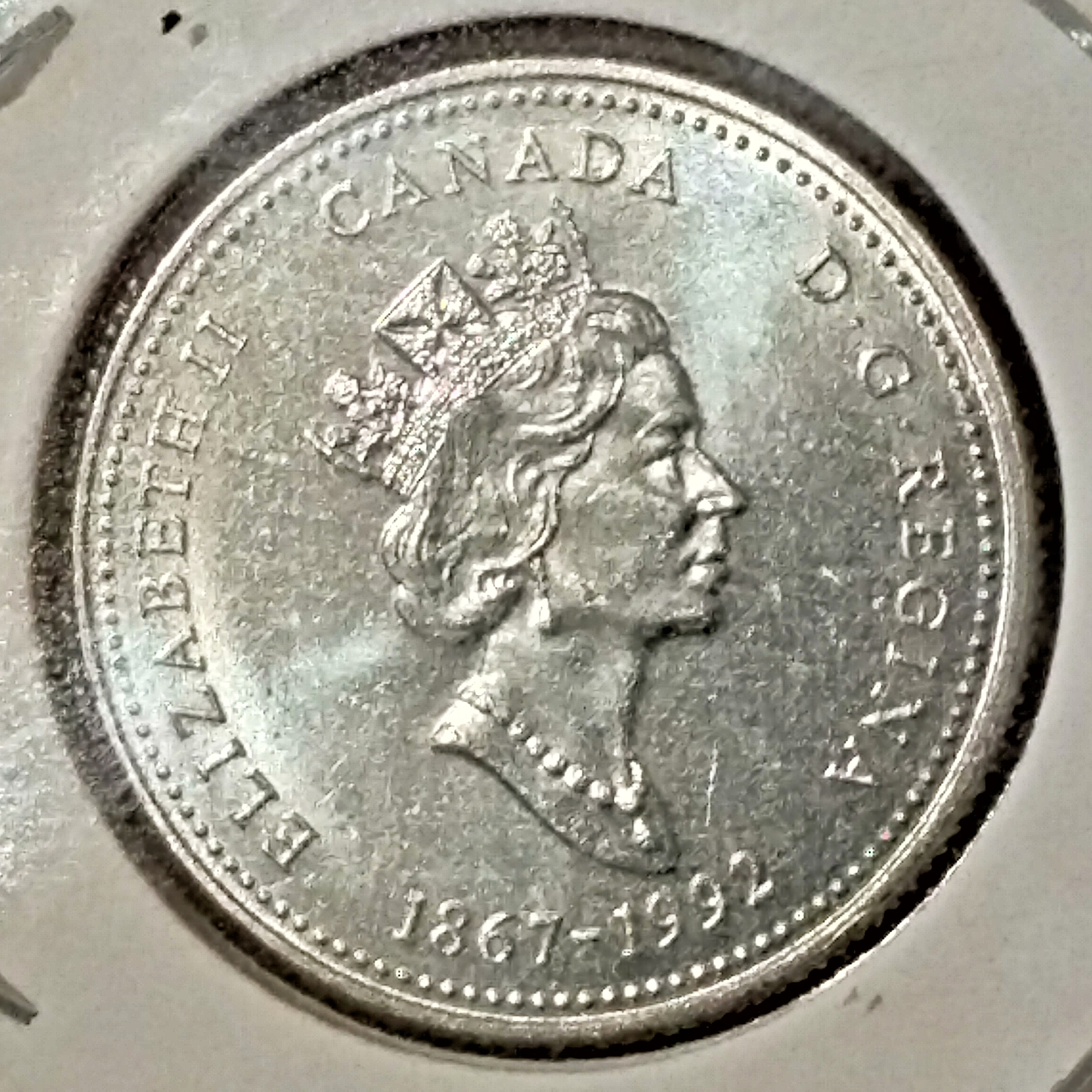Dora de Pedery-Hunt is known to be the first Canadian designing the effigy of the queen, but it is a less known fact that she was also Hungarian. I have heard her name before, but given her last name I never thought that she was Hungarian, until I had a dinner with Kevin Day-Thorburn in Fredericton a few months ago. He was telling me a little bit about her, and it sparked my interest, so I wanted to know more. As I was researching, it was hard to find much information about her, most resources tend to refer to the same information, which is, however, interesting.

Dora de Pedery-Hunt, or Pédery-Hunt was born in Budapest, Hungary in 1913 as Pédery Dóra. In Hungarian the family name is followed by the given name, though when referencing Hungarian names in other languages, it is customary to use the given name and family name order. Her name is not an unlikely, but also not a typical Hungarian last name. She was born into a multicultural family, her father Attila Pédery was a Hungarian Physician, her mother, Emilie Festl was from Austria, and her maternal grandmother was French.
She had a wide range of interests, including music, physics and art. She ultimately graduated from the Royal School of Fine and Applied Arts with a degree from sculpture and design.
In 1944 the family fled Hungary and lived in Germany until 1948 when they immigrated to Canada. While in Germany, Dora de Pedery married Bela Hunt, a Hungarian journalist. In Canada she supported her family first working as a housekeeper, and later making pieces of art. In 1958 the entire Family except Dora and her Husband immigrated to Argentina. While in Canada, she learned English, which is a remarkable achievement after the age of 35. Possibly her multicultural and multilingual background was helpful to her. She and her husband divorced in the early 1960’s, as Bela Hunt wasn’t successful in accommodating to the life in Canada.

She recalls her first art assignment in Canada was a restoration work in 1948, before which she was making money on things like painting baby bottles. Her recognition in art was quick and eventful, in the 60’s she was already designing Canada’s Centennial medal. Later she has design some commemorative coins.
She is probably best known in numismatics about designing the 3rd portrait of Queen Elizabeth II, which was minted on Canadian coins between 1990 and 2003. Often she is referred to be the first non-Canadian who designed the Queen’s effigy, but given my heritage, let me just add that she is the first Canadian-Hungarian to be known about this design.

The first coin she designed was the 1976 100 Dollar commemorative for the Montreal Olympics. Aside from numismatics, she is most known about her sculptures and small plastics.
Originally when I started collecting notes to write about her, I had a huge article in mind with facts and descriptions. Her life touched me because it is in many ways similar to what I have experienced. I was 22 years old when I came to the US. After I finished my education, all I had was two bags of clothes and $500 in my pocket.
The more I read about her, I found out that there were people who write better than I do, with information I’ll never have access to, some even had a chance to meet her. So, while this piece is not earth shattering, I decided I won’t even try to create yet another biography. Instead, I would like to inspire you to read more about her life and art. Her art alone, is something I wouldn’t be able to tackle. Most of it is behind glass, or in private collections. Even the Canadian coins are something I am not fully able to appreciate as the details are too small to feel. What I have is the Centennial medal as a valued part of my collection, and I definitely will remember her next time I pay with cash in Canada.
Without aiming for completeness, what follows is a few references which I found fascinating. It is noteworthy that Dora de Pedery-Hunt was portrayed from so many different aspects.
The first is from Section15, an approach to the feminist history of Canada.
It would be surprising if Hungarian publications didn’t mention her. Another great piece is in the Hungarian Studies Review, 1999, Issue 26.
I couldn’t find many books about her, but there is a book on amazon, entitled Dora De Pedery-hunt Sculpture from 1978, which could be called her “early” years.
A search on the Newman Numismatic Portal currently brings up 115 records about her.
And finally, a short film about her on Youtube.

